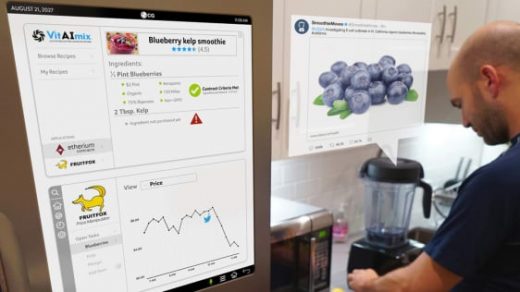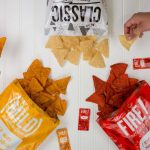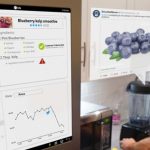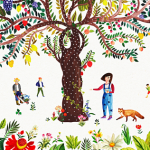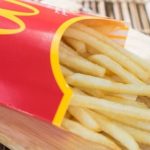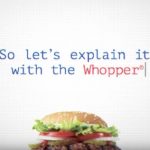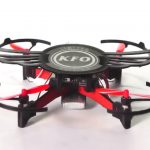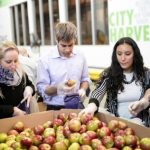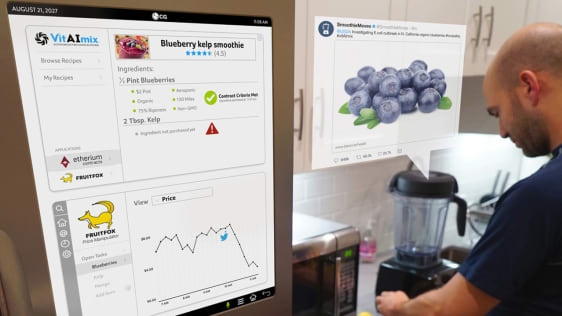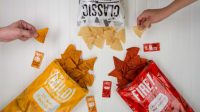Imagine A Better Future Of Food Now–Or Be Shocked By What We Get
By Max Elder
February 27, 2018
In 1995, the Martin Luther King Jr. Middle School in Berkeley, California, had an acre-sized vacant lot filled with wild weeds and cracked concrete. While others passed-by and saw neglect, a local restaurateur and activist saw an opportunity. Alice Waters knew that she could help transform children’s relationship to food and nutrition if she could only give them a taste of what’s possible. She created the first Edible Schoolyard on that one acre in Berkeley. Today, Edible Schoolyards span the United States because Waters dared to dream about a different future.
Unfortunately, most of us have generally stopped bothering to imagine new futures of food. Instead, we let others do the imagining, often optimizing for a limited set of values like efficiency, productivity, or financial return. As a result, our food system has become a well-oiled machine producing monoculture cash-crops and billions of animals with the industrial efficiency one would expect in a factory, not a farm. Our food has become fast, filled with addictive sugars and empty calories, instead of healthy or humane.
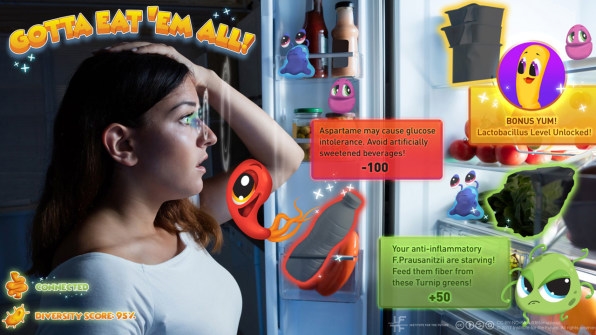
This gloomy picture doesn’t have to be our reality. The future is not like a sunrise, something we wake up to every morning with a regularity easily mistaken for inevitability. There are many futures, each of which is full of possibility and opportunity, none of which is fated. And it’s critical to think through possible futures so that we can help shape them intentionally.
Not all of these images are optimistic or utopian. The future can be scary, dark, and dangerous. But as my colleague Jake Dunagan has said, “It is better to be surprised by a simulation than blindsided by reality.” It’s better to be scared by fiction than harmed by fact.
We need to take back the power of imagining our own food systems. My team in the Food Futures Lab at the Institute for the Future, a think tank in Palo Alto, California recently created six images from the future of food to help provoke and inspire this type of thinking. They include blenders that tweet fake food safety scandals in a self-shopping kitchen; a Pokémon GO-like game for achieving microbiome diversity in your diet; and Lunchabios, a do-it-yourself school lunch kit for kids to culture their own cheese using synthetic biology; among others.
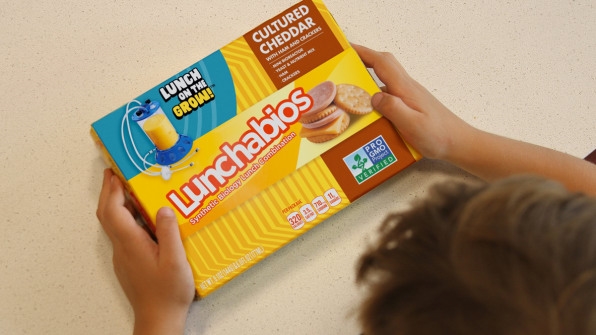
Mike Lee of The Future Market also designs images of possibility: food products that don’t yet exist but may in the not-too-distant future. He recently created Jia Rou Canting, a Chinese restaurant in 2038. Upon first glance, Jia Rou’s menu doesn’t appear out of the ordinary, but upon closer inspection, one can see that Jia Rou has cultured meat on the menu (meat grown from animal cells outside of an animal), delivers with drones, and accepts Bitcoin. Jia Rou may be delivering cultured meat to your doorstep with drones a lot sooner than 2038, aided in-part by Lee’s imagination.
Shojin Meat, a citizen science project based in Japan, has also created images of Mars colonists growing protein and high-rise algae farms in 2203, among others. Nic Weidinger, artist in residence at Autodesk, developed a series of artifacts called Animals Doing Capitalism which includes a countertop meat extruder that cultures bacon, producing fat profits for living pigs who own the IP to their cell lines used. When you imagine the future of food, what comes to mind?
Perhaps you see vast networks of shipping containers filled with vertical hydroponic farms, or fully-autonomous farms, glowing greens with purple LEDs. Maybe you see climate refugees building resilience through their ability to carry their food rituals and stories with them wherever they are displaced. Or you might see a kitchen cabinet of pills, each one a unique meal ready for quick and efficient consumption.
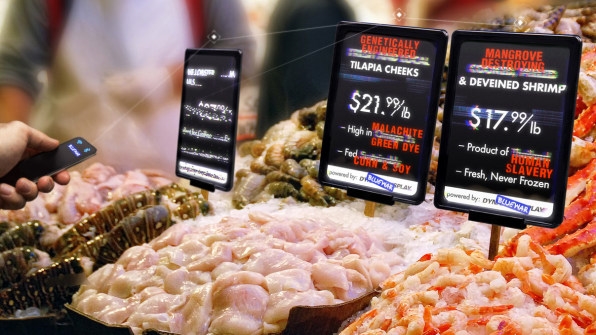
Our images of the future often become reality. In fact, portrayals of the future of food from just a few decades ago are now surprisingly familiar. Near ubiquitous features of our modern foodscape, like meal replacements, faux meat, and genetic modification, were once but figments of our imagination.
I urge you to imagine possible futures of food, identify which futures best optimize for the values you hold, and then take the steps necessary to build those futures. We all have agency in turning the possible into the actual. Once you identify what you want the future to look like, make it happen. Change your behavior or adopt a new diet, perhaps one we’ll likely see more of in the future, like reducetarianism. Vote for politicians who share your visions for the future. Talk to friends and family about these futures and their implications for yourself, your community, and your planet.
Imagining the future of food shouldn’t be limited to those who work at think tanks or consulting firms. Everyone should engage in this exercise and feel empowered to take an active role in creating the future. After all, the future of food needs us as much as we need it.
Max Elder is a researcher at the Food Futures Lab of the Institute For The Future.
(34)

